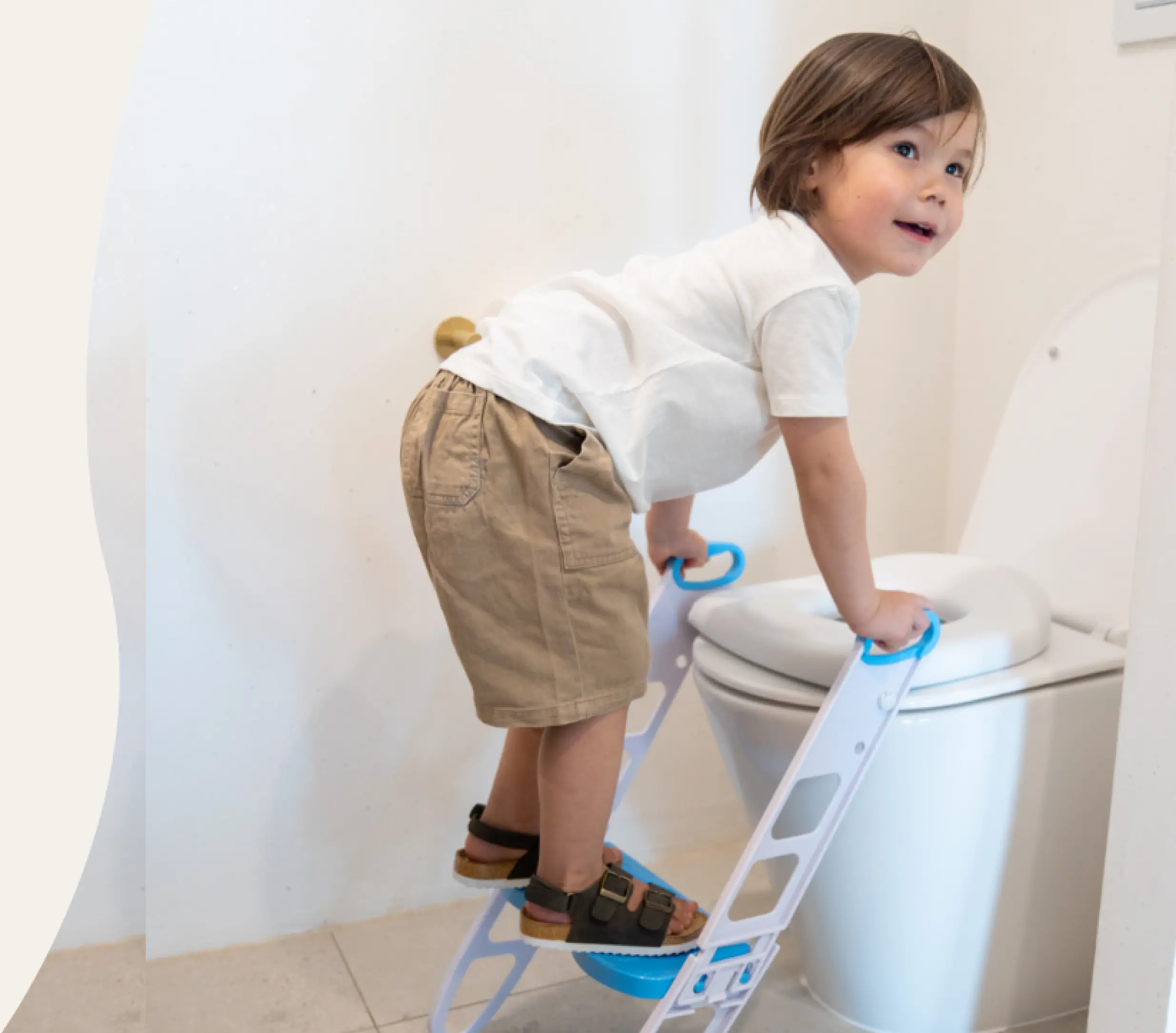The Journey of Toilet Training: A Milestone for Toddlers and Parents
Toilet training, a significant developmental milestone in a toddler's life, marks a transition from nappies to using the toilet independently. While it can be a challenging time for both toddlers and parents, it is a crucial step towards greater independence. In this blog, we'll explore some tips and insights to navigate the journey of toilet training with success and patience.

1. Timing is Key:
Every child is unique, and there is no one-size-fits-all approach to toilet training. It's important to wait until your child shows signs of readiness, which might include staying dry for longer periods, showing interest in the bathroom, or discomfort with dirty nappies. Pushing them before they're ready could lead to frustration for both parties.
2. Create a Positive Environment:
Make the bathroom a comfortable and inviting place for your child. A step stool, a potty, or a child-sized toilet seat can help them feel more secure. Decorate the bathroom with their favourite characters or colours to make it a pleasant space.
3. Consistency is Key:
Consistency is crucial during the toilet training process. Set a routine for bathroom visits, such as after meals or before bedtime. Encourage your child to sit on the potty even if they don't feel the need, as this helps establish a routine and gets them used to the process.
4. Use Positive Reinforcement:
Praise and positive reinforcement can work wonders. Celebrate even small successes and avoid negative reactions to accidents. A sticker chart or a small reward system can make the experience more exciting for your child.
5. Demonstrate and Teach:
Children often learn by imitation. Let them observe you or an older sibling using the toilet. Explain the process in simple terms they can understand. Make it an interactive and educational experience.
6. Dress for Success:
Choose clothing that is easy for your child to manage independently. Elastic waistbands or pants with snaps can make it easier for them to undress quickly when they feel the urge to go.
7. Nighttime Training:
Daytime and nighttime training can happen at different paces. Night-time dryness may take longer to achieve. Limiting fluids before bedtime and using a sheet protector can help manage nighttime accidents.
8. Be Patient and Understanding:
Toilet training is a learning process, and accidents are a natural part of it. Stay patient and avoid showing frustration or disappointment. Children pick up on emotions, and a supportive attitude will boost their confidence.
Toilet training is a significant milestone that requires patience, understanding, and a positive attitude. Each child will progress at their own pace, so it's important not to compare them to others. By creating a supportive and encouraging environment, parents can help their toddlers navigate this journey with confidence, setting them on the path towards greater independence.